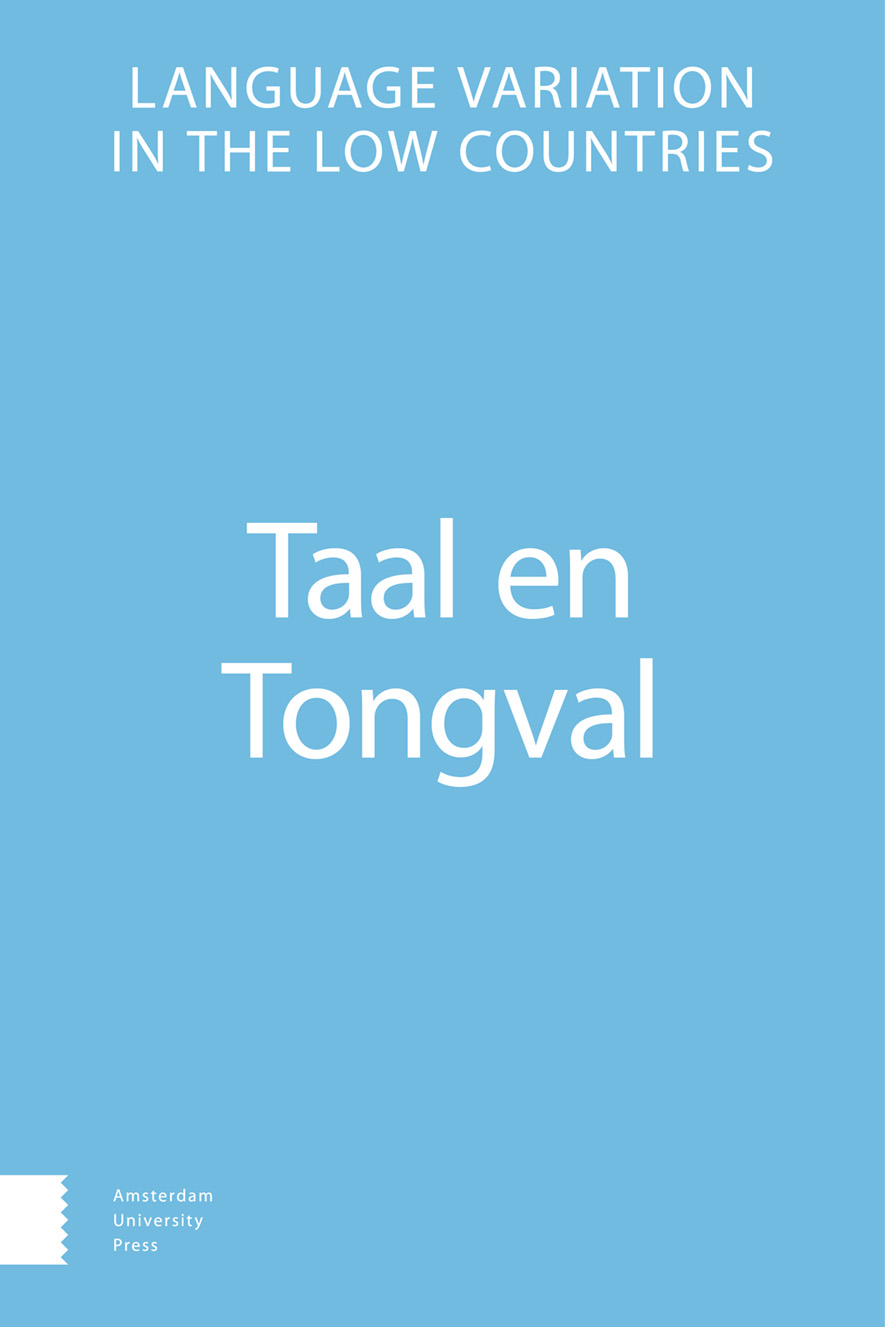-
OAOf versus als ter inleiding van afhankelijke ja/nee-vragen in het Surinaams-Nederlands: een kwantitatieve verkenning
- Amsterdam University Press
- Source: Taal en Tongval, Volume 75, Issue 2, Dec 2023, p. 135 - 168
-
- 01 Jan 2024
- Previous Article
- Table of Contents
- Next Article
Abstract
Even though Dutch has been the official language of government and education in Suriname since 1876 and about 50% of the Surinamese households reports speaking Dutch at home, defining or delineating Surinamese Dutch remains highly problematic. ‘Typical’ Surinamese Dutch lexical, phonetic, morphological and syntactic features have been identified, but it is unclear to what degree these features are used (cf. de Kleine 2013, 855), by whom, how they correlate with social, stylistic and other parameters and whether they are accepted as standard Dutch by the Surinamese. The present study addresses this lacuna by quantitatively analyzing a feature often considered to be typical of Surinamese Dutch: the use of the subordinating conjunction als in dependent yes/no-clauses (e.g. Ik weet niet als hij komt, ‘I don’t know whether he’s coming’). While in Netherlandic and Belgian Standard Dutch the conjunction of is expected, the conjunction als is said to be typical of Surinamese Dutch. An analysis of the distribution of als in two corpora – a new corpus of spoken Surinamese Dutch and the Surinamese component of the Corpus Hedendaags Nederlands – however indicates that the subordinator of is actually dominant in Suriname: in the written corpus, with mainly texts of linguistic professionals, als is attested in only 7% of 7722 relevant clauses, whereas in the spoken corpus – which contains the speech of 22 highly educated Creole women – its frequency is higher, viz. 44% (n=161). Machine learning based multivariate analyses show that the variation between als and of is mostly individually determined. In the spoken dataset, the individual speaker emerges as overpowering predictor, and interestingly, the interspeaker variation is difficult to explain in terms of the speakers’ language backgrounds or age. Linguistic variables such as the matrix verb, the polarity of the sentence and the frequency of the matrix verb have little predictive power. In the written dataset, the interauthor variation could not be estimated due to methodological issues, but here too, the studied linguistic variables have hardly any explanatory power. In the discussion, it is argued that the considerable individual variation might be a sign of endoglossic standardization, whereby the conjunction als is establishing itself slowly as part of the Surinamese Dutch standard norm.


